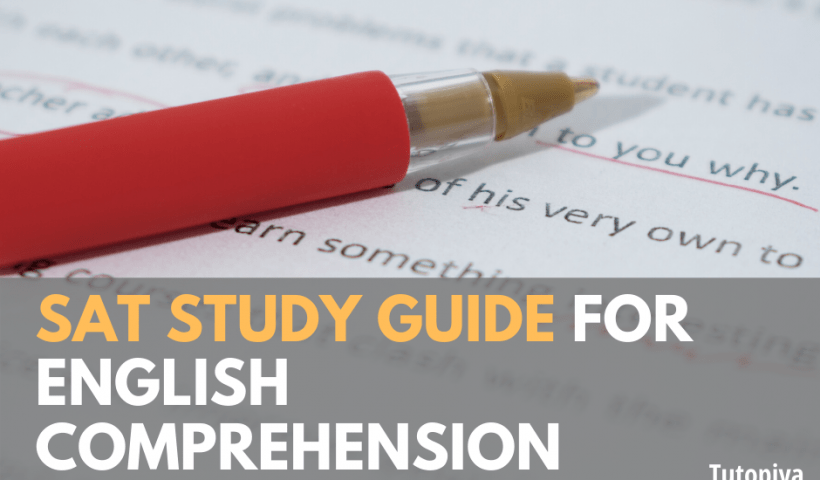Reading Comprehension (also known as Critical Reading) questions test your ability to understand a passage and answer questions on the basis of what is stated…
View More SAT study guide for English ComprehensionAuthor: Shamim Imtiaz
How To Write a ToK Essay IBDP – Step-By-Step Guide
Let’s learn how to write a ToK Essay with Tutopiya. The IB ToK Essay contributes to the overall score of a student’s IB Diploma. The…
View More How To Write a ToK Essay IBDP – Step-By-Step Guide



